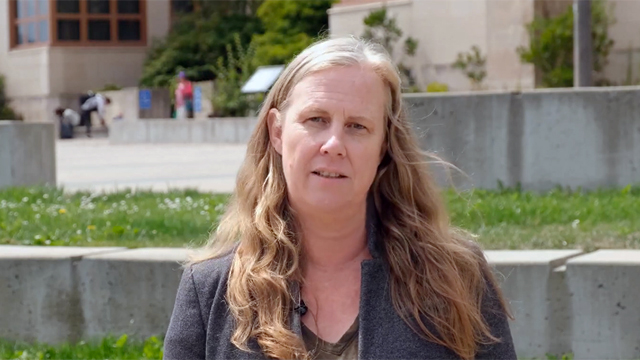Future jobs may skew more sharply toward workers with education beyond high school, in a labor market that may demand career education and job training. Yet, few career education students in California complete a credential after they start a community college program. At a recent event, PPIC research fellow Shannon McConville presented findings from a new report that examines the trajectories of over 1 million career education students and shares insights from stakeholder interviews on creating effective training programs. An expert panel joined McConville to discuss experiences working with community colleges to develop training programs and connecting students to the workforce.
By earning a credential, Californians can increase their wage returns by 20%; for some credentials, such as those in health care, gains are even greater. But only about one quarter of students who pursue career education complete a credential within six years. When students enroll full-time, however, they have higher completion rates.
To help students complete credentials, programs need to be more flexible and offer more financial support, according to stakeholder interviews. Stakeholders include employers, industry groups, and workforce development agencies; they note that internships and apprenticeships benefit students and employers, and press for more sustained engagement between colleges and employers, which can help both keep up with labor market needs.
“A more consistent and streamlined approach to creating curriculum for career education programs could help everyone involved,” McConville said. Students could benefit from having career education courses transfer across colleges, employers could benefit from more consistency in knowing what skills are being taught across similar programs in different colleges, and colleges could benefit from more consistent updates to their curricula and more support for their faculty.
Difficulties finding electricians, mechanics, and machinists led the Manufacturers Council of the Inland Empire to develop apprenticeship classes to train their own. Rick Pettit, technical training and recruiting specialist for California Steel Industries, Inc. recalled a lead instructor at Chaffee College who complained that students with a great education couldn’t get work because they had no experience. “And we’re having a hard time finding experienced and knowledgeable electricians, which led to internship programs,” Pettit said.
Tarik Scott, director of external relations at The Education Fund, an organization that partners with employers and unions in health care, further emphasized the value of apprenticeship. “Our strongest outcomes by far result when we can design programs that allow students to master competency in the classroom and the clinic.”
There is also an opportunity to create more equity through job training for health care workers in non-clinical positions, who are predominately women and people of color. “We have a chance to promote a pipeline into jobs that pay family-sustaining wages,” Scott said.
What role do the community colleges play in providing better access to training? Sheneui Weber, vice chancellor of workforce and economic development at the California Community Colleges Chancellor’s Office stressed that support must consider the total cost of education, from providing laptops to providing for basic needs. Weber pointed to financial aid as critical, noting a lack of aid for part-time students.
With the California Apprenticeship Initiative making $30 million available to eligible applicants to establish new apprenticeship programs, the community colleges will also be looking at employer engagement differently to connect more students to jobs. “The partnership leads to jobs,” Weber said.





